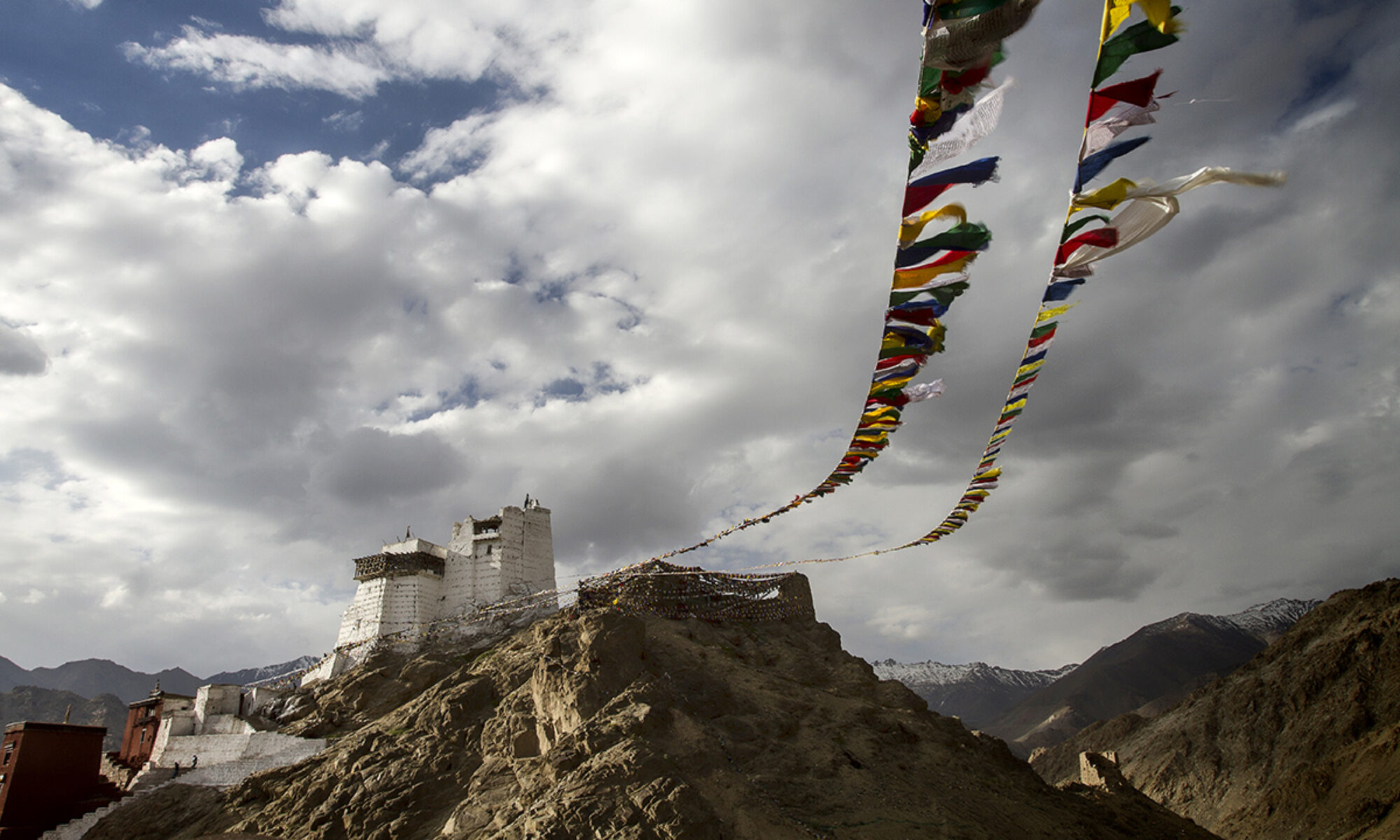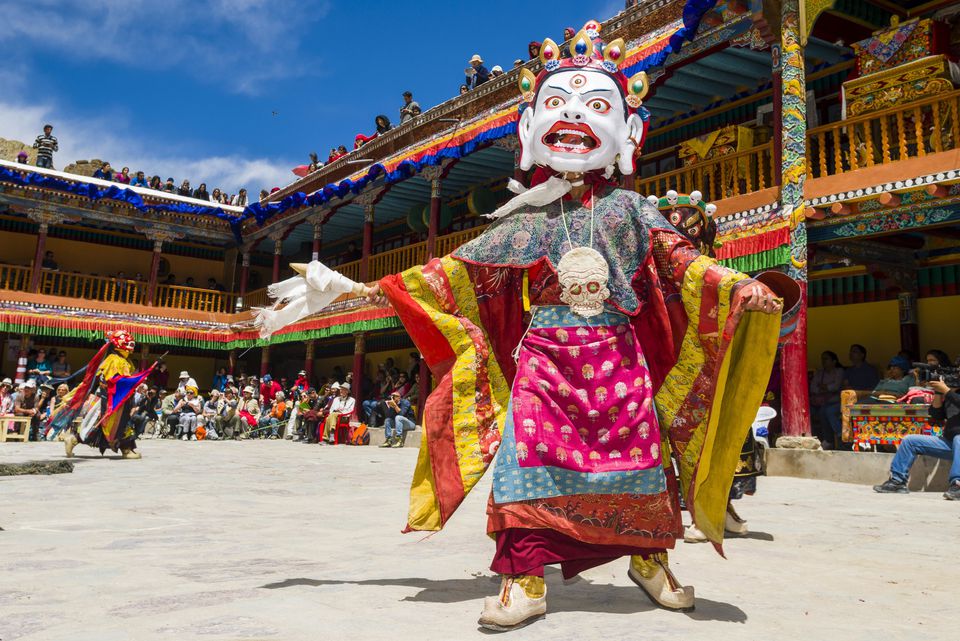Ladakh is renowned for its vibrant festivals, deeply rooted in its rich cultural heritage and religious traditions.
Booking a Ladakh tour during a Ladakh festival can be an excellent idea for travelers seeking an immersive cultural experience. Attending a festival adds a unique dimension to your trip, allowing you to witness traditional rituals, vibrant celebrations, and mesmerizing performances firsthand. Festivals provide a deeper insight into the local culture and traditions, offering opportunities to interact with the community and participate in age-old customs. From colorful processions to captivating mask dances, festivals in Ladakh offer unforgettable memories and a chance to celebrate alongside locals. Experiencing a Ladakh festival during your tour promises to be a memorable and enriching adventure, offering a deeper connection to the cultural heritage of the region.
Ladakh Festivals
Here’s a list of some of the major festivals celebrated in Ladakh, along with their significance and the time of the year they are typically observed:
Hemis Festival
Place: Hemis Monastery, located approximately 45 kilometers southeast of Leh.
Time: Celebrated in the month of June or July (according to the Tibetan calendar).
Significance: Commemorates the birth anniversary of Guru Padmasambhava (Guru Rinpoche), the founder of Tibetan Buddhism. The festival features colorful masked dances (Cham) performed by monks, depicting the victory of good over evil.
Losar Festival
Place: Celebrated across Ladakh, with festivities held in homes, monasteries, and public spaces.
Time: Usually celebrated in late January or early February, marking the Tibetan New Year.
Significance: Losar marks the beginning of the Tibetan New Year and is a time for family gatherings, prayers, and traditional rituals. Homes and monasteries are adorned with colorful decorations, and special foods are prepared to welcome the New Year.
Ladakh Festival
Place: Leh and surrounding villages.
Time: Held in September, usually for about two weeks.
Significance: Showcases the cultural richness and diversity of Ladakh through traditional music, dance performances, archery competitions, and vibrant parades. The festival aims to promote tourism and preserve Ladakhi culture.
Sindhu Darshan Festival
Place: Shey Manla, along the banks of the Indus River near Leh.
Time: Celebrated in June.
Significance: A three-day festival celebrating the Indus River (Sindhu in Sanskrit), which holds great cultural and historical significance in Ladakh. The festival promotes national integration and communal harmony, attracting visitors from different parts of India.
Dosmoche Festival
Place: Leh and Likir Monastery.
Time: Celebrated in February.
Significance: Dosmoche, also known as the “Festival of the Scapegoat,” is a Buddhist festival aimed at warding off evil spirits and negative energies. Colorful mask dances (Cham) are performed by monks, accompanied by prayers and rituals to bring peace and prosperity to the community.
Spituk Gustor
Place: Spituk Monastery, near Leh.
Time: Celebrated in January or February.
Significance: Spituk Gustor is a two-day festival featuring masked dances (Cham) performed by monks to symbolize the triumph of good over evil. It is also an occasion to seek blessings for the well-being of the community and to drive away negative forces.
Yuru Kabgyat
Place: Lamayuru Monastery, located about 127 kilometers west of Leh.
Time: Celebrated in July.
Significance: Yuru Kabgyat is a two-day festival celebrated with great fervor at Lamayuru Monastery. The festival includes Cham dances, prayers, and rituals performed by monks to commemorate the victory of Buddhism over Bon, the pre-Buddhist religion of Tibet.
Tak Tok Festival
Place: Tak Tok Monastery (also known as Takthok Monastery), situated approximately 46 kilometers east of Leh.
Time: Celebrated in July or August.
Significance: Tak Tok Festival is dedicated to Guru Padmasambhava (Guru Rinpoche), who is believed to have meditated in the caves surrounding the monastery. The festival features Cham dances and religious ceremonies to honor Guru Rinpoche and seek his blessings.
Stok Guru Tsechu
Place: Stok Monastery, located around 15 kilometers southeast of Leh.
Time: Celebrated in February or March.
Significance: Stok Guru Tsechu honors Guru Rinpoche and commemorates his teachings. The festival includes Cham dances, prayers, and rituals performed by monks to bless the devotees and dispel obstacles.
Phyang Tsedup
Place: Phyang Monastery, situated approximately 16 kilometers west of Leh.
Time: Celebrated in July.
Significance: Phyang Tsedup is a two-day festival celebrated with great zeal and enthusiasm. It features colorful Cham dances, prayers, and rituals performed by monks to commemorate the victory of good over evil and to promote peace and harmony.
These festivals offer visitors a unique opportunity to immerse themselves in the vibrant culture, traditions, and spiritual essence of Ladakh, while also providing insights into the local way of life.
Interested in booking a Ladakh Wildlife or Photography Tour by Odin? You have the option to tailor any itinerary to suit your preferences by informing us of the destinations or activities you’d like to include. We take pride in managing all our tours in-house, ensuring exceptional quality and value for money services that will enhance your Ladakh holiday experience. Get in touch with us to receive a personalized quote for this tour.
Got Queries? Call or Whatsapp Mr.Mukul Azad at +91-9810594172
Fill form to share your requirements.

